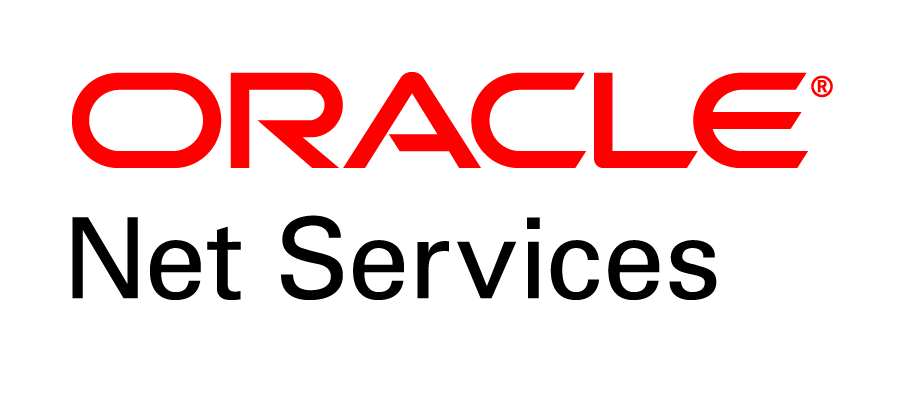Description
Table of Contents
- Introduction to Oracle Database
1.1 Overview of Oracle Database
1.2 Key Components and Architecture
1.3 Installing and Configuring Oracle Database - Oracle Database Architecture Fundamentals
2.1 Understanding Memory and Processes
2.2 The Role of the Control Files and Data Files
2.3 Introduction to Tablespaces and Segments - Managing Users and Security
3.1 Creating and Managing Database Users
3.2 Implementing Roles and Privileges(Ref: Mastering MongoDB for Developers)
3.3 Managing Database Security and Auditing - Backup and Recovery Techniques
4.1 Introduction to Backup Strategies
4.2 Performing Full and Incremental Backups
4.3 Using RMAN for Backup and Recovery
4.4 Flashback and Point-in-Time Recovery - Database Performance Tuning
5.1 Understanding Oracle Performance Architecture
5.2 Identifying and Resolving Performance Bottlenecks
5.3 SQL Query Optimization
5.4 Using Oracle Automatic Tuning Features - Managing Data and Tables
6.1 Creating and Modifying Tables
6.2 Data Types and Constraints
6.3 Indexing for Performance Optimization
6.4 Managing Partitions and Subpartitions - Oracle High Availability and Scalability
7.1 Introduction to Oracle Real Application Clusters (RAC)
7.2 Setting Up Data Guard for Disaster Recovery
7.3 Implementing Oracle GoldenGate for Data Replication - Patching and Upgrading Oracle Database
8.1 Planning and Applying Database Patches
8.2 Oracle Database Upgrades: Best Practices
8.3 Using Oracle Data Pump for Data Migration - Monitoring and Diagnostics
9.1 Using Oracle Enterprise Manager (OEM)
9.2 Database Health Checks and Alerts
9.3 Analyzing Logs and Trace Files for Troubleshooting - Conclusion and Best Practices
10.1 Recap of Core Concepts and Skills
10.2 Best Practices for Ongoing Oracle DBA Success
10.3 Resources for Continuing Your DBA Journey









Reviews
There are no reviews yet.